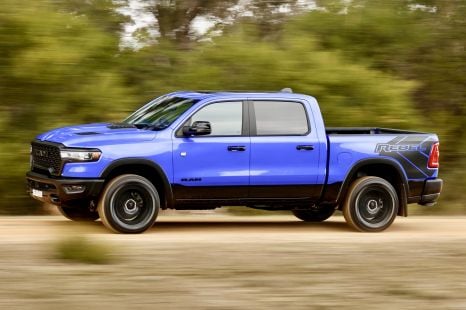

Max Davies
2026 Ram 1500 Rebel review
5 Days Ago
The new Toyota GR86 is not far from Australia. We had a quick spin on track to see how it's improved on its predecessor.



Quickly see how this car stacks up against its competition. Select any benchmark to see more details.
Where expert car reviews meet expert car buying – CarExpert gives you trusted advice, personalised service and real savings on your next new car.
Toyota’s affordable rear-wheel drive performance coupe is almost here.
The GR86 is on track to arrive in Australia during the second half of 2022, at which point it’ll join the GR Yaris, GR Corolla, and GR Supra in the sportier, more interesting Toyota range.
Although plenty has changed in the transition from first- to second-generation, the core formula driving this car has remained the same.
It’s still compact, it’s still rear-wheel drive, it’s still powered by a naturally-aspirated boxer engine, and if its Subaru BRZ twin is any guide, it should still be relatively affordable.

So, what’s different? For starters, the 2.0-litre engine has grown by 400cc to 2.4 litres and now pumps out 173kW (up 21kW) and 250Nm (up 38Nm).
The 100km/h sprint takes a claimed 6.3 seconds, and Toyota and Subaru claim the mid-range torque dip that plagued the first car has been flattened out.
We don’t yet know exactly when it’ll go on sale, nor how much it’ll cost – and Toyota hasn’t confirmed exactly how it plans to divvy up its first allocation among punters keen to get their hands on one.
We had two laps behind the wheel at Sydney Motorsport Park, and another one in the passenger seat, to get acquainted with an automatic GR86. A more in-depth review will follow, don’t worry.
The compact cabin will be familiar to owners of the previous-generation car, with its low seating position and compact steering wheel.
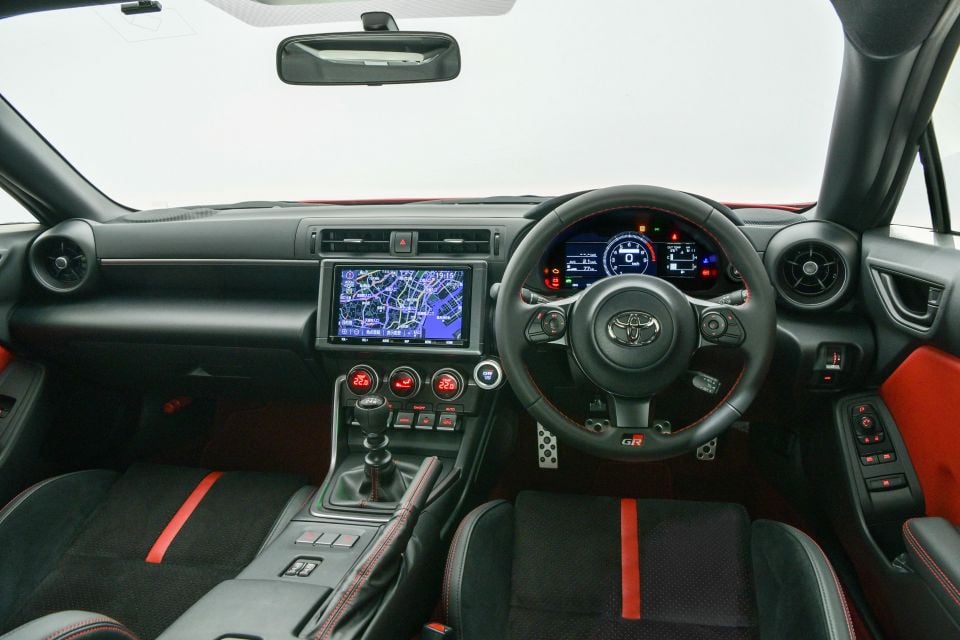
There’s space for tall drivers in there; even at six-seven with a helmet on I can get in without too much stress. Although it’s a compact sports car, there’s plenty of places to store your coffee cups, keys, and phone.
There’s also somewhere to rest your left elbow, which wasn’t the case in the old car and its uncovered centre console.
We’ve delved into the infotainment system and digital dashboard in our Subaru BRZ review.
It’s hard to get too much of a read on how the 86 drives after just two laps behind the wheel, but it’s clear the torque dip that plagued the previous-generation car’s mid-range has been taken care of.
With no turbocharger or supercharger you still need to work the boxer engine to get the best from the car, but coming out of SMP’s slow turns two and three it pulls more confidently, and without the same sense you’re forcing the engine to do something it really doesn’t want to.
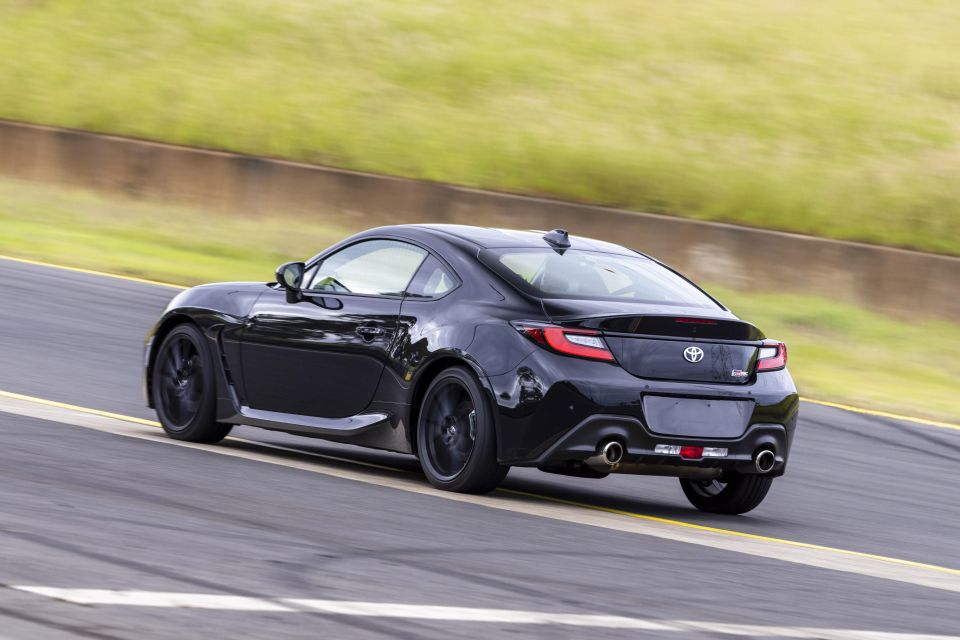
The last 86 and BRZ were known for being overtly rear-wheel drive, and for forcing drivers to work hard to extract peak performance on track.
Having owned a BRZ, and recently driven the first- and second-generation cars on a wet track back-to-back, the link between the two generations is clear… but the new BRZ and 86 are more talented than their predecessors.
Gone are the eco-focused tyres, replaced with Michelin Pilot Sport 4 tyres offering more grip. Based on our brief drive, you can get on the power more confidently in the new car than before without fear of it snapping sideways.
It’s still lively, though. Its default balance is to settle on the outside rear tyre rather than pushing into understeer, and there’s no doubt you’d be able to get very sideways – or into plenty of trouble – if you push beyond the limits. Sounds like fun, right?
The automatic has always been the poor relation in the BRZ and 86 family. For 2023 it’s been tweaked to deliver faster shifts on the move, but it’s never going to be dual-clutch fast.
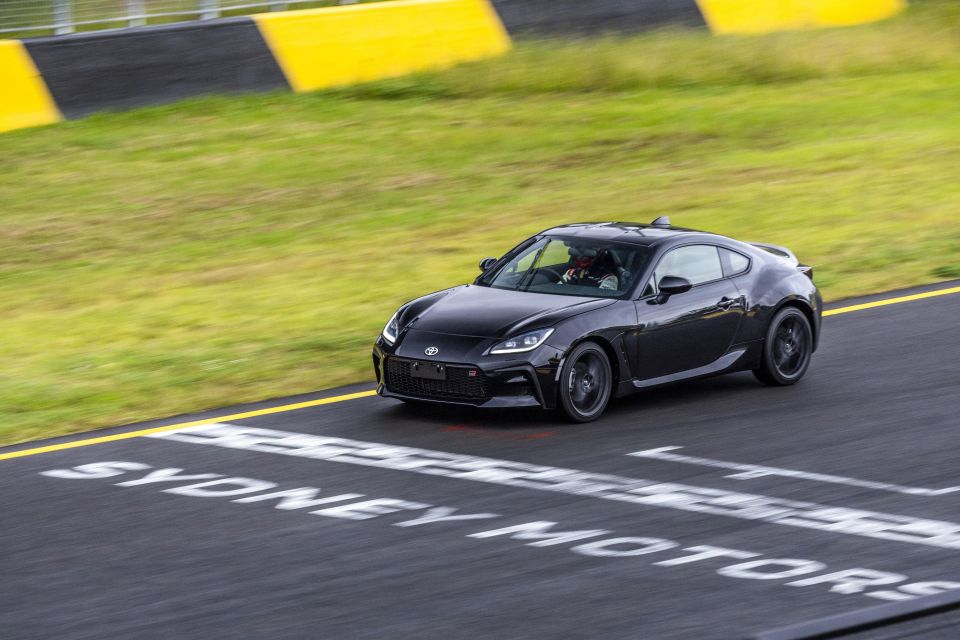
It feels reasonably quick and intuitive for a torque converter, but the manual will always be the enthusiasts’ pick in the 86.
On a passenger ride with rally driver Harry Bates, it was also clear the paddles aren’t always going to give you what you want, when you want it, on the way down through the gears.
With just two laps to play with, and just two more in the passenger seat, it’s hard to form a firm verdict on the GR86. Even so, it’s hard not to be excited.
We’ve already driven the new BRZ and discovered it builds admirably on the formula set out by its predecessor. Given their inherent similarities, and the brief taste we enjoyed, it’s hard not to see the GR86 being a winner as well.
What stands in its way? Toyota needs to be able to get enough of them to meet demand, and the price needs to be right.
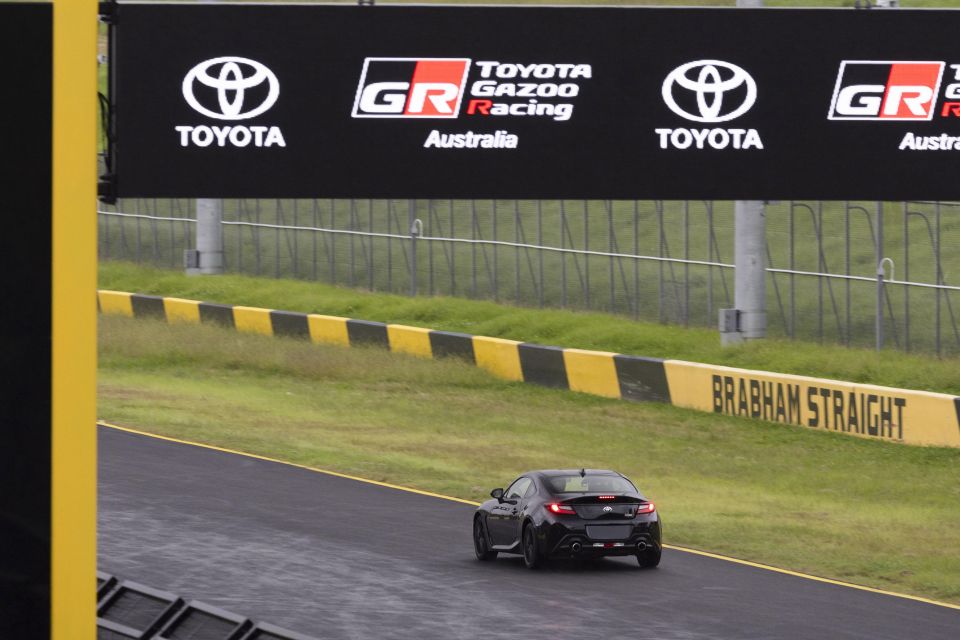
Click the images of the full gallery
MORE: Everything Toyota 86
Where expert car reviews meet expert car buying – CarExpert gives you trusted advice, personalised service and real savings on your next new car.
Scott Collie is an automotive journalist based in Melbourne, Australia. Scott studied journalism at RMIT University and, after a lifelong obsession with everything automotive, started covering the car industry shortly afterwards. He has a passion for travel, and is an avid Melbourne Demons supporter.


Max Davies
5 Days Ago


Max Davies
4 Days Ago
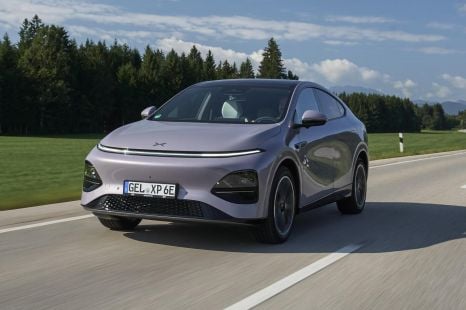

Neil Briscoe
3 Days Ago
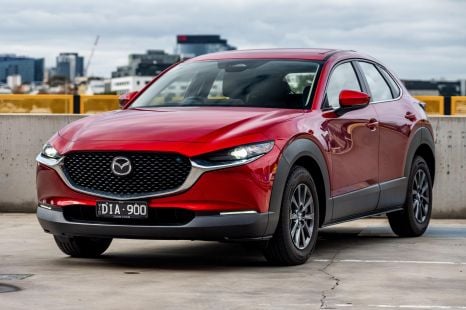

Max Davies
2 Days Ago


Alborz Fallah
18 Hours Ago
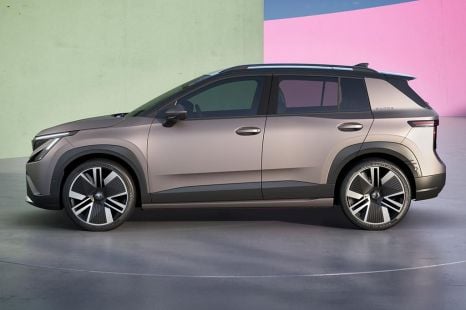

Damion Smy
18 Hours Ago